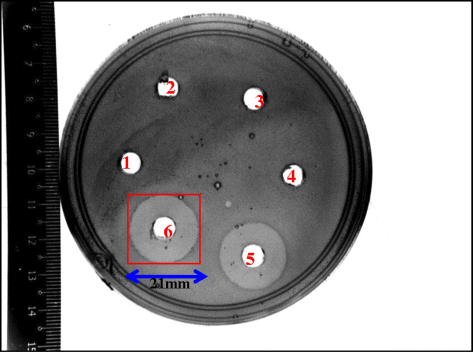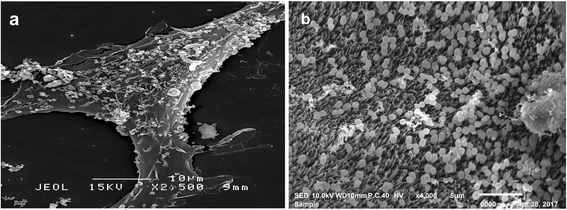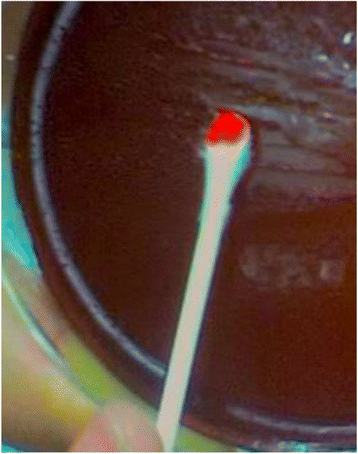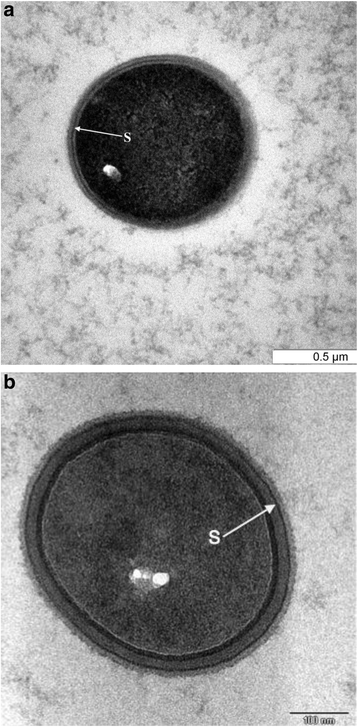In vitro assessment of Pediococcus acidilactici Kp10 for its potential use in the food industry
- PMID: 28535747
- PMCID: PMC5442676
- DOI: 10.1186/s12866-017-1000-z
In vitro assessment of Pediococcus acidilactici Kp10 for its potential use in the food industry
Abstract
Background: Selection of a microbial strain for the incorporation into food products requires in vitro and in vivo evaluations. A bacteriocin-producing lactic acid bacterium (LAB), Pediococcus acidilactici Kp10, isolated from a traditional dried curd was assessed in vitro for its beneficial properties as a potential probiotic and starter culture. The inhibitory spectra of the bacterial strain against different gram-positive and gram-negative bacteria, its cell surface hydrophobicity and resistance to phenol, its haemolytic, amylolytic and proteolytic activities, ability to produce acid and coagulate milk together with its enzymatic characteristics and adhesion property were all evaluated in vitro.
Results: P. acidilactici Kp10 was moderately tolerant to phenol and adhere to mammalian epithelial cells (Vero cells and ileal mucosal epithelium). The bacterium also exhibited antimicrobial activity against several gram-positive and gram-negative food-spoilage and food-borne pathogens such as Listeria monocytgenes ATCC 15313, Salmonella enterica ATCC 13311, Shigella sonnei ATCC 9290, Klebsiella oxytoca ATCC 13182, Enterobacter cloaca ATCC 35030 and Streptococcus pyogenes ATCC 12378. The absence of haemolytic activity and proteinase (trypsin) and the presence of a strong peptidase (leucine-arylamidase) and esterase-lipase (C4 and C8) were observed in this LAB strain. P. acidilactici Kp10 also produced acid, coagulated milk and has demonstrated proteolytic and amylolactic activities.
Conclusion: The properties exhibited by P. acidilactici Kp10 suggested its potential application as probiotic and starter culture in the food industry.
Keywords: Adhesion property; Food industry; Food-borne pathogens; Pediococcus acidilactici Kp10; Probiotic; Proteolytic; Starter culture.
Figures




References
-
- Abbasiliasi S, Joo Shun T, Ibrahim TAT, Ramanan RN, Vakhshiteh F, Mustafa S. Isolation of Pediococcus acidilactici Kp10 with ability to secrete bacteriocin-like inhibitory substance from milk products for applications in food industry. BMC Microbiol. 2012;12(1):260. doi: 10.1186/1471-2180-12-260. - DOI - PMC - PubMed
-
- Visessanguan W, Benjakul S, Smitinont T, Kittikun C, Thepkasikul P, Panya A. Changes in micro- biological, biochemical and physico-chemical properties of nham inoculated with different inoculum levels of Lactobacillus curvatus. LWT-Food Sci Technol. 2006;39:814–826. doi: 10.1016/j.lwt.2005.05.006. - DOI
-
- Guerra NP, Bernárdez PF, Méndez J, Cachaldora P, Pastrana Castro L. Production of four potentially probiotic lactic acid bacteria and their evaluation as feed additives for weaned piglets. Animal Feed Sci Technol. 2007;134(1):89–107. doi: 10.1016/j.anifeedsci.2006.05.010. - DOI
MeSH terms
Substances
LinkOut - more resources
Full Text Sources
Other Literature Sources
Molecular Biology Databases
Miscellaneous

